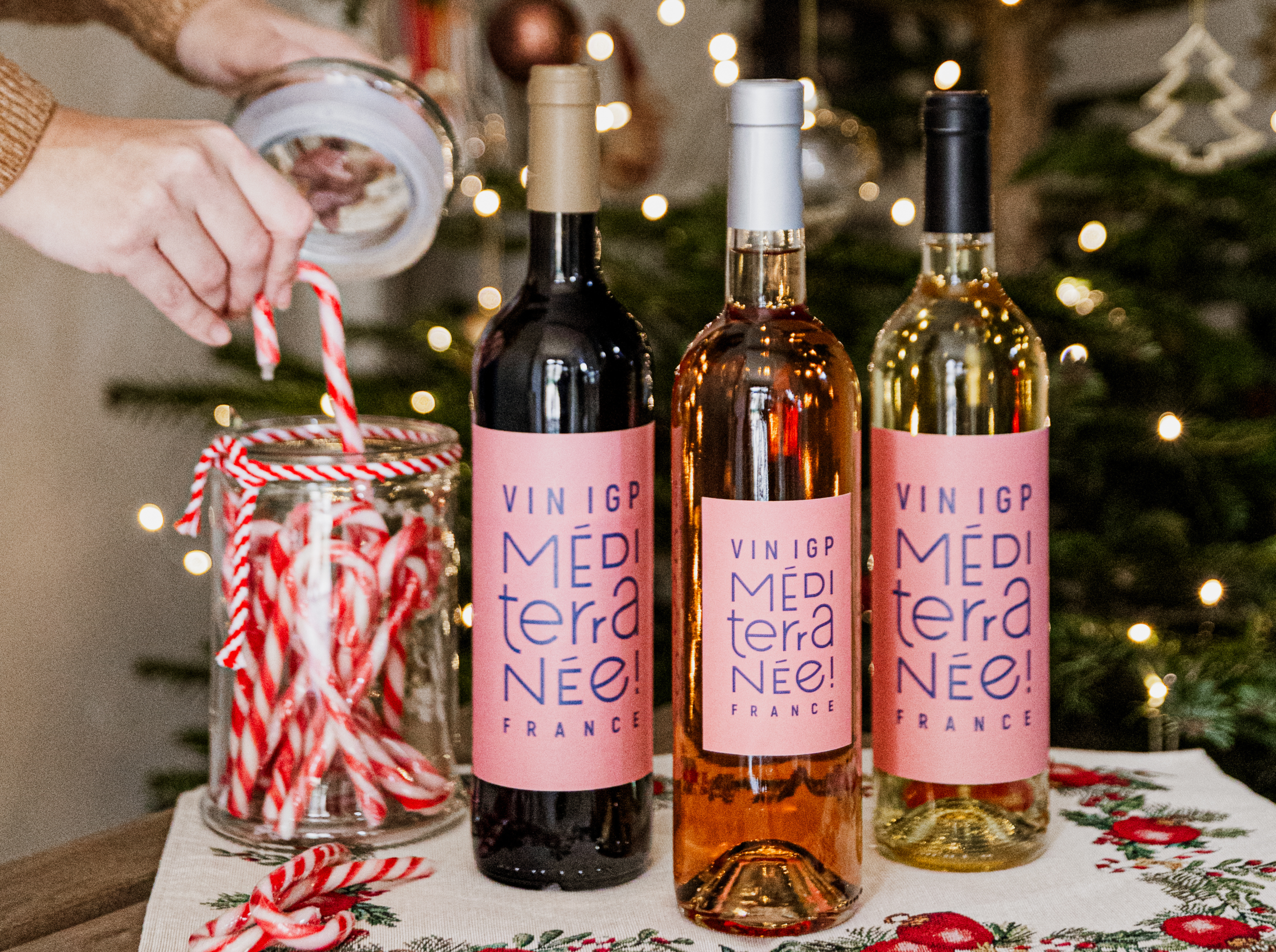Online presence vital in four-screen world
Speaking at last month’s MW symposium in Florence, Google president of business solutions Daniel Alegre expressed his belief in the future of print media but stressed the need for an online presence in a “four-screen world”.
During the symposium’s first session called “reaching tomorrow’s audience” on 15 May, Alegre began by emphasising how rarely people do things without an internet connection.
“The only time one is truly off-line is when you are flying transatlantic and there is no Wifi, otherwise every transaction is an offline-online transaction,” he said.
Continuing he said, “We are now referring to a four-screen world – with a PC, TV, tablet and smartphone – but we are moving into a five-screen world with Google Glass and other innovations in the industry.
“What this means for a publisher or advertiser, is that if someone is interacting with you and you don’t have an online presence, there is a good chance of missing an extra chance of interaction,” he added.
He illustrated his point with an example. According to Alegre, four years ago American car manufacturer Jeep had advertised around the Oprah Winfrey show because its vehicles were featuring in the programme.
During the show, Oprah was giving away Jeeps, and as a result, people watching the programme starting searching online for the car brand, but, because Jeep had “neglected the online component”, a competitor had bought the key words for the product placement, so when viewers searched for Jeep, they were redirected to another manufacturer.
“They missed an opportunity,” stated Alegre.
He also identified certain aspects to modern living which are dependent on an internet connection. “There are things that you never expect that are bringing you to a connected world,” he said.
“For example, Nest, a company Google recently acquired, is a thermostat connected to the web. It learns the best temperature of your house based on usage patterns, goes onto the net, sees the weather, and slowly changes the temperature in a way that is more energy efficient,” he explained.
Partner Content
He then commented, “Your thermostat, lights, stereo, everything is connected.”
Finally, referring specifically to publishers, he pointed out the role of videos as a complementary online tool for written stories.
“We think of the New York Times as a paper, but it is now becoming one of the largest video producers for written media in the world. It creates videos to go online with articles… video content is exploding across the world, particularly for newspapers,” he said.
Nevertheless, he expressed a belief in the future of printed media.
“Google don’t think that television or print will disappear… there is still a lot of room for print media because people still enjoy tactile nature of print media,” he said.
Indeed, he mentioned a new product being developed in the US by the Massachusetts Institute of Technology: a digital screen that feels like a newspaper.
Alegre also told attendees of the MW symposium that he had recently bought a property in Sonoma with a vineyard, and was recording the life-cycle of the vine for online viewers. However, he said that he had yet to name the estate, and was “open to suggestions”.




